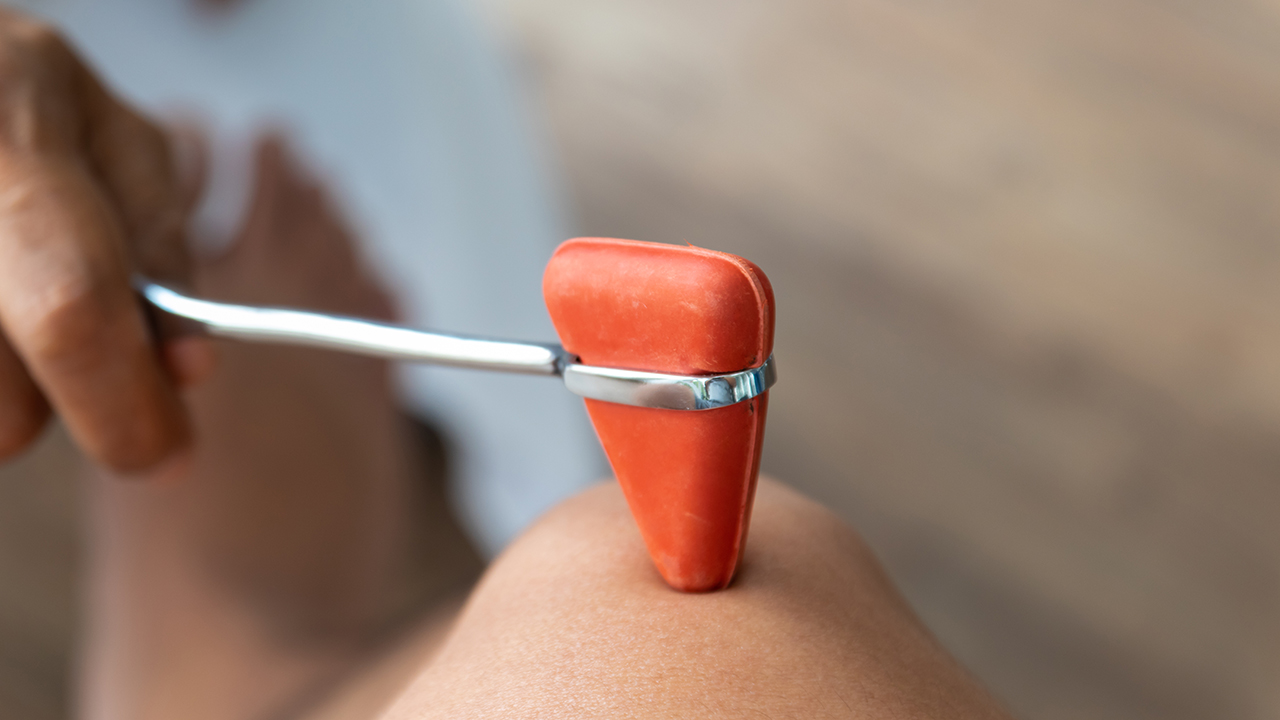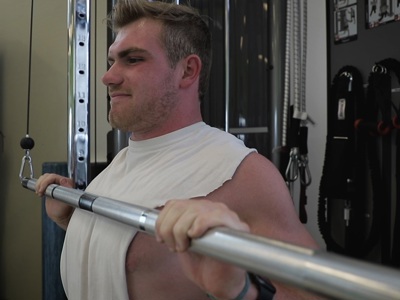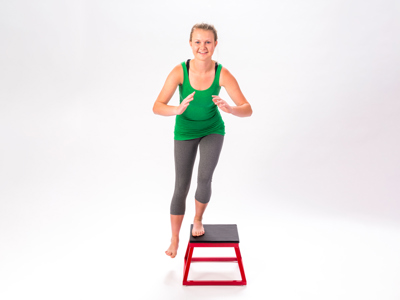- Doctors & Departments
-
Conditions & Advice
- Overview
- Conditions and Symptoms
- Symptom Checker
- Parent Resources
- The Connection Journey
- Calm A Crying Baby
- Sports Articles
- Dosage Tables
- Baby Guide
-
Your Visit
- Overview
- Prepare for Your Visit
- Your Overnight Stay
- Send a Cheer Card
- Family and Patient Resources
- Patient Cost Estimate
- Insurance and Financial Resources
- Online Bill Pay
- Medical Records
- Policies and Procedures
- We Ask Because We Care
Click to find the locations nearest youFind locations by region
See all locations -
Community
- Overview
- Addressing the Youth Mental Health Crisis
- Calendar of Events
- Child Health Advocacy
- Community Health
- Community Partners
- Corporate Relations
- Global Health
- Patient Advocacy
- Patient Stories
- Pediatric Affiliations
- Support Children’s Colorado
- Specialty Outreach Clinics
Your Support Matters
Upcoming Events
Colorado Hospitals Substance Exposed Newborn Quality Improvement Collaborative CHoSEN Conference (Hybrid)
Monday, April 29, 2024The CHoSEN Collaborative is an effort to increase consistency in...
-
Research & Innovation
- Overview
- Pediatric Clinical Trials
- Q: Pediatric Health Advances
- Discoveries and Milestones
- Training and Internships
- Academic Affiliation
- Investigator Resources
- Funding Opportunities
- Center For Innovation
- Support Our Research
- Research Areas

It starts with a Q:
For the latest cutting-edge research, innovative collaborations and remarkable discoveries in child health, read stories from across all our areas of study in Q: Advances and Answers in Pediatric Health.


Preventing Youth Sports Injury: How Strength Conditioning Helps

In just the first few weeks of the 2019 football season, Children’s Hospital Colorado athletic trainer Adrienne Stewart saw three ACL tears. The surprising part:
“They’re non-contact injuries,” she says. “Just cutting and changing direction.”
A fast pivot puts stress on the joint, and when that happens, the right balance of hip, hamstring, quadriceps and glute strength is crucial to stabilize and prevent injury. But the issue is, a lot of athletes don’t have that balance.
A non-contact child sports injury isn’t limited to football. It’s common across all sports. The way an athlete is moving — likely the way they’ve been moving for years — is putting them at greater risk for injury. And although the complete prevention of youth sports injuries isn’t realistic, there are training techniques that can help athletes reduce their risk.
How conditioning affects youth sports injuries
Teaching good movement, or good strength and conditioning, from a young age can help better prepare athletes for the sports they’ll be playing. Athletes who miss out on that fundamental training can lack neuromuscular control, which can increase their chances of getting hurt.
Not only do athletes miss out on learning these skills when they’re young, Stewart says, there’s a tendency to overlook it at all levels.
“A lot of clubs don’t focus on strength training because they’re focused on skills practice. People often think the more you practice the skills the better you’re going to get. But if you’re not moving correctly, you’re just reinforcing bad movement patterns.”
And without good strength and conditioning, repetitive movements don’t lead to improvement or sports injury prevention. In fact, they have the opposite effect.
Say you’re a pitcher. Every time you whip that ball, you’re pulling your joint beyond its range of motion. Over time, that leads to your joint getting looser, and that instability can be a setup for rotator cuff injury. It’s the same basic principal as the ACL tear. And it’s true in reverse, too: A joint that’s too tight can be just as problematic as one that’s too loose.
It's important to incorporate sound strength and conditioning into athletic practice for kids and adolescents.
The importance of proper rehabilitation after injury
As a sports medicine physical therapist with Children’s Colorado’s Sports Medicine Center, Shane Noffsinger, PT, helps a lot of young athletes recover from injury. And often, he says, the biggest risk for injury is previous injury.
Reinjury can occur if an athlete returns to their sport or activity too soon. It can also occur if, during recovery, an athlete doesn’t receive proper movement training or work enough on strength and conditioning. This work is extremely valuable because in addition to strengthening the site of injury, it allows athletes to improve their overall body movement.
For instance, if a particular movement pattern was off on one side of the body and that’s what contributed to, say, a leg injury, the non-injured leg is usually at just as much risk. This is because it’s likely the athlete performs the same incorrect pattern no matter how they’re moving — right or left, up or down.
There’s a mental component to recovery, too. Regaining unhesitating trust in the limb, especially when a sport requires split-second decision making like a change of direction, helps maximize performance and further reduces the risk of another injury.
“The entire rehabilitation process — strength, movement, psychology — is gradual and can sometimes take months depending on the injury and what we think caused it,” Noffsinger says. “But if you’re patient and follow the plan, you’ll start to see and feel real progress. You’ll get stronger, you’ll get faster. That work will translate to better performance, which means you’re less likely to experience injury or reinjury when you return to play.”



 720-777-0123
720-777-0123






